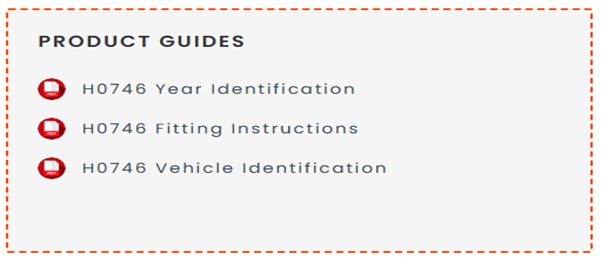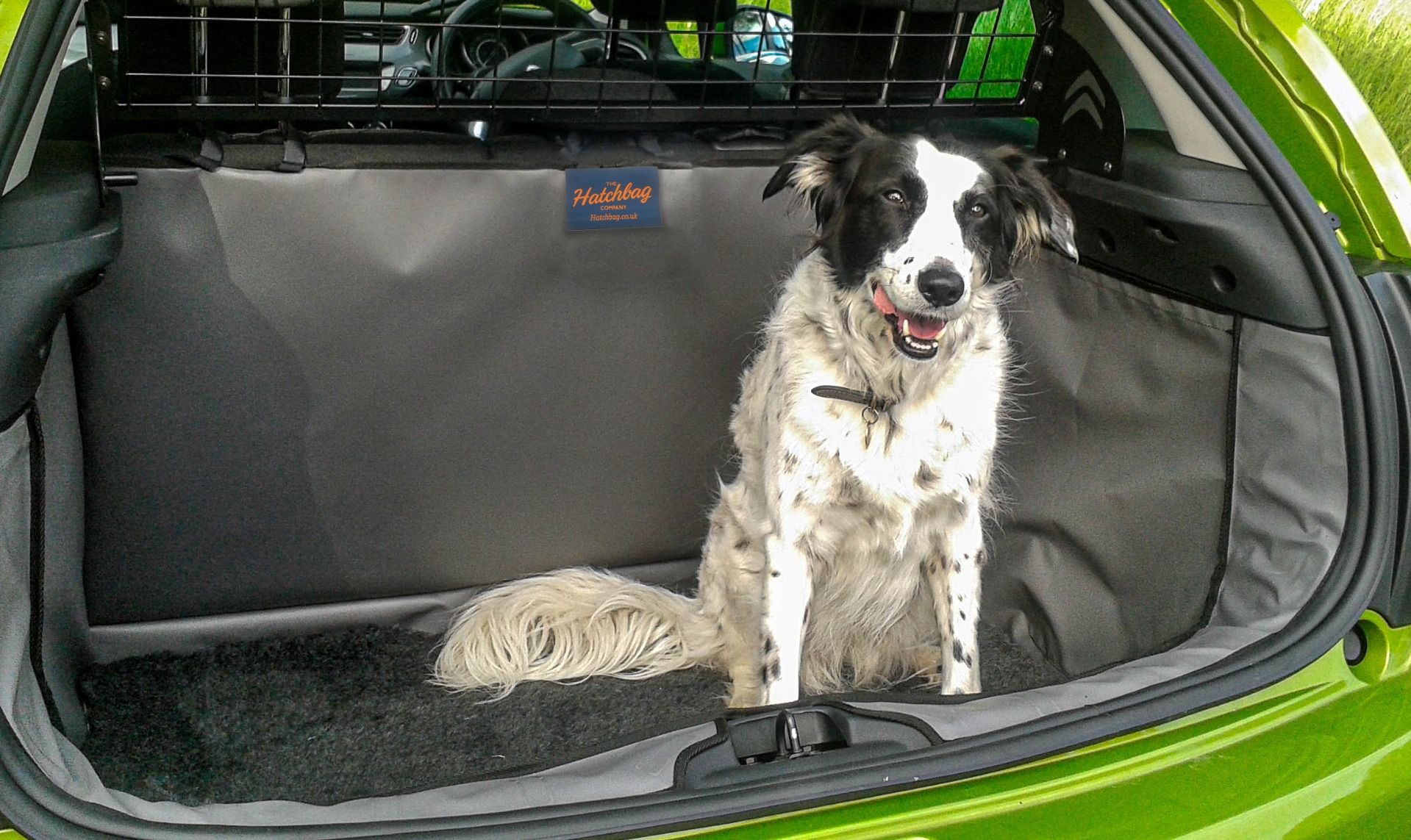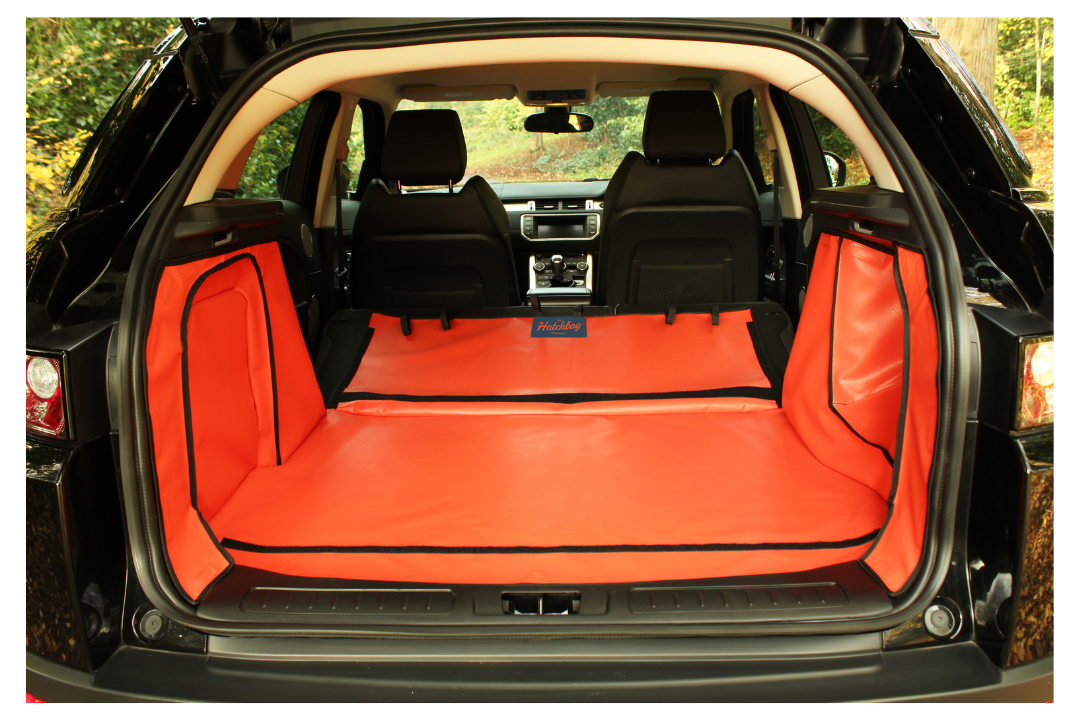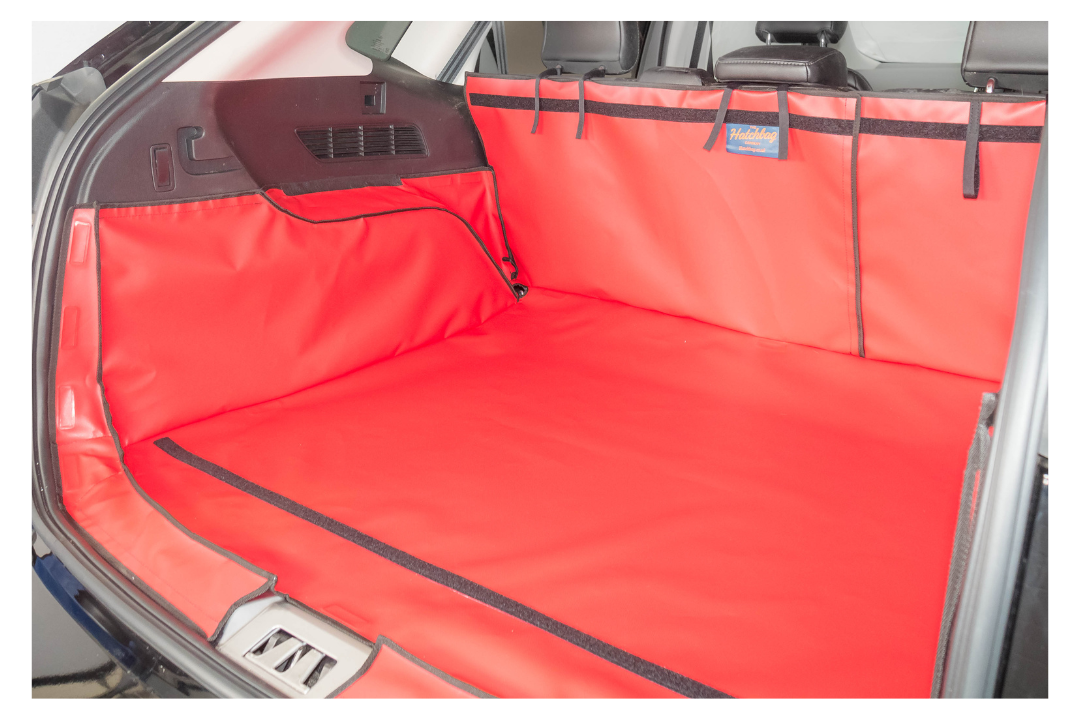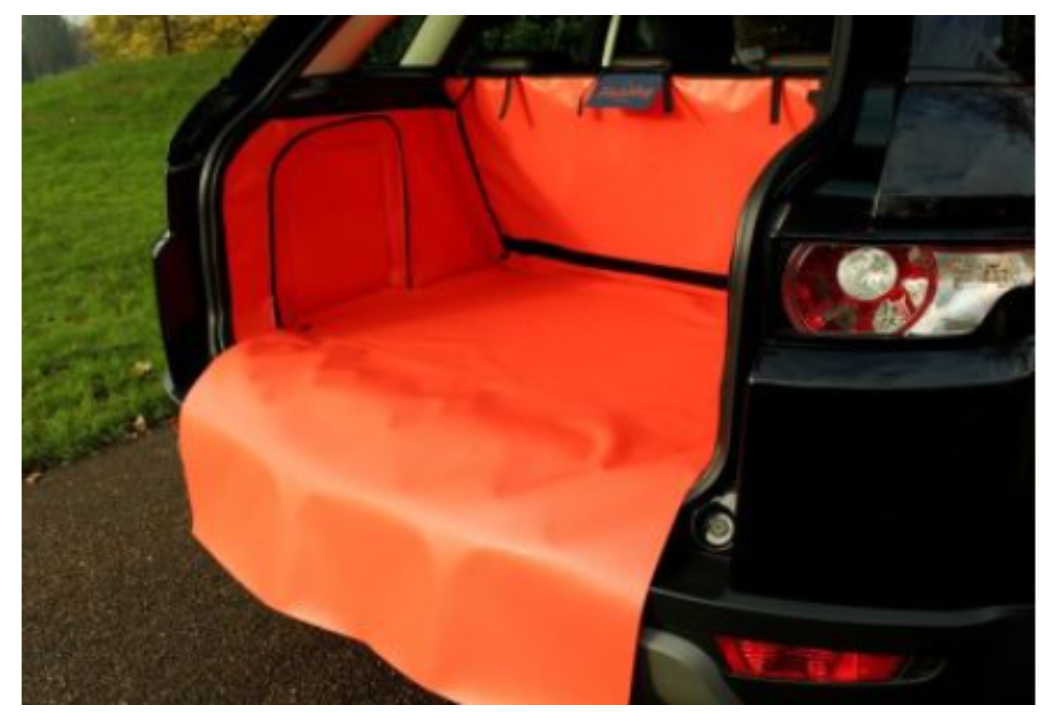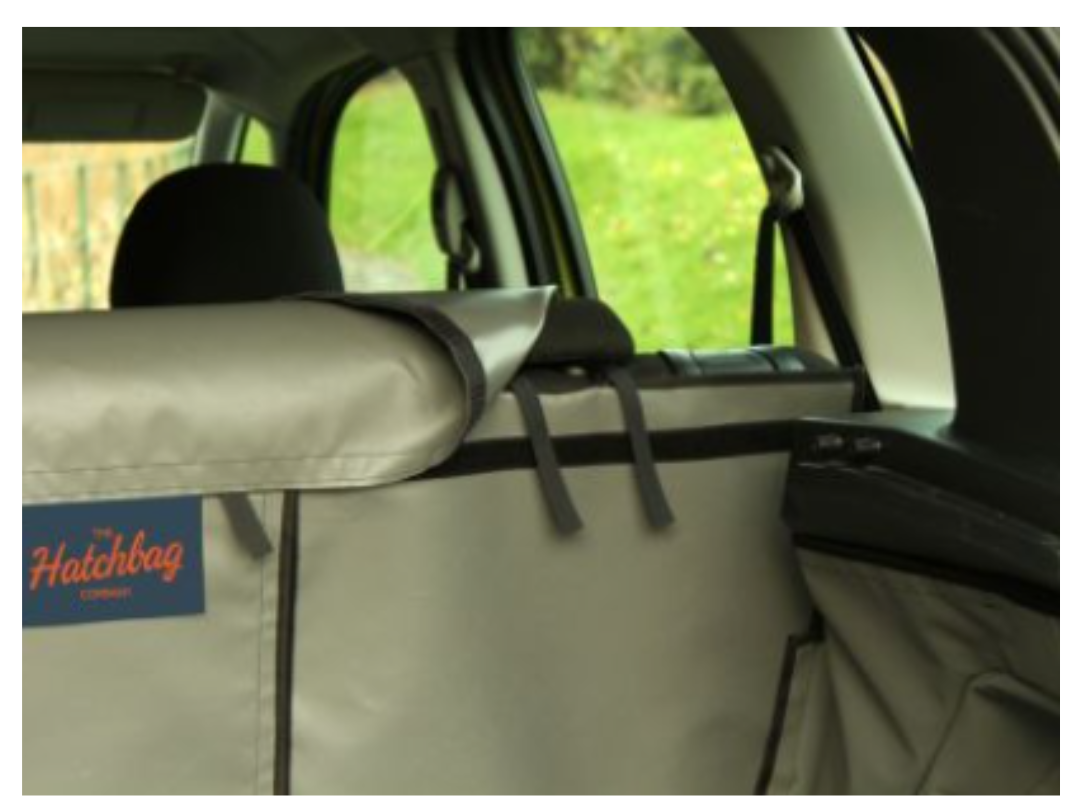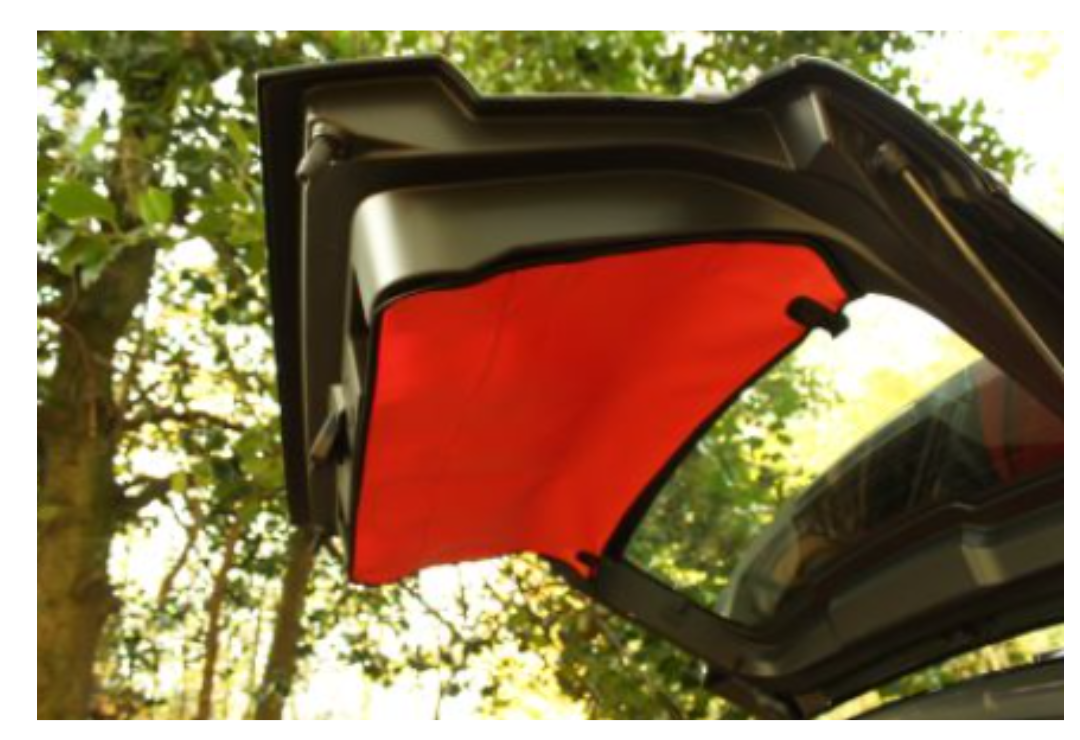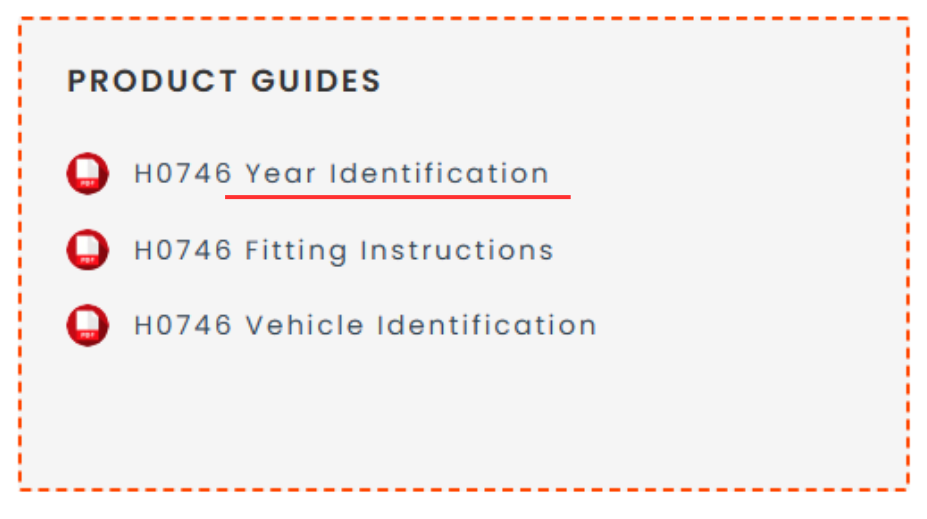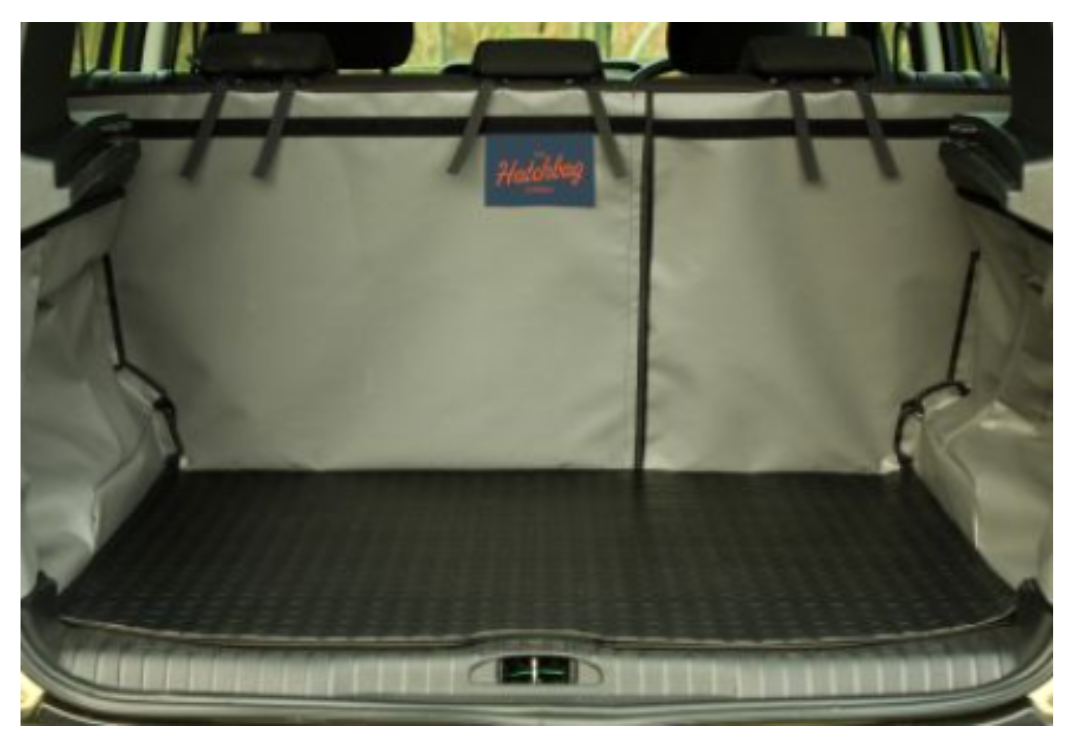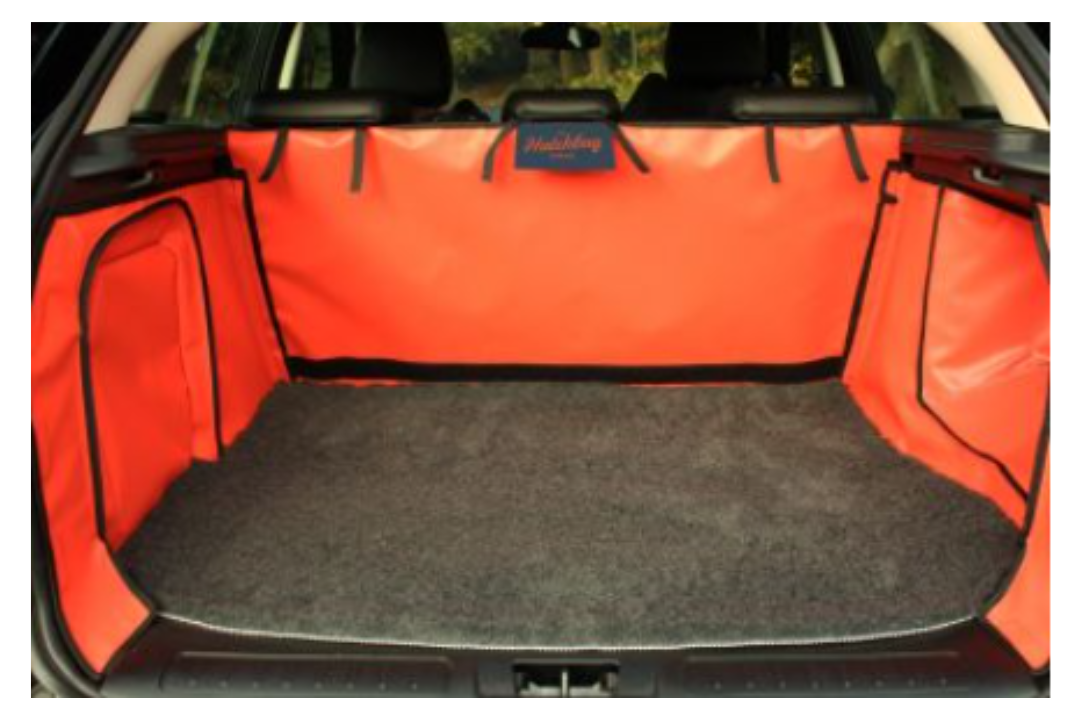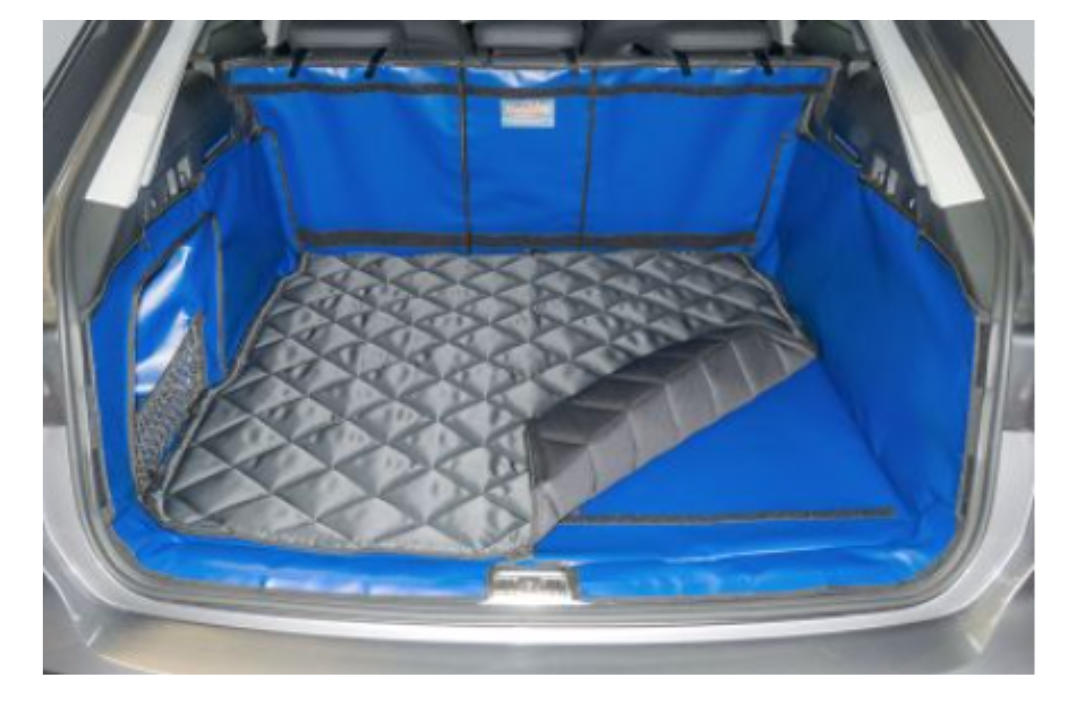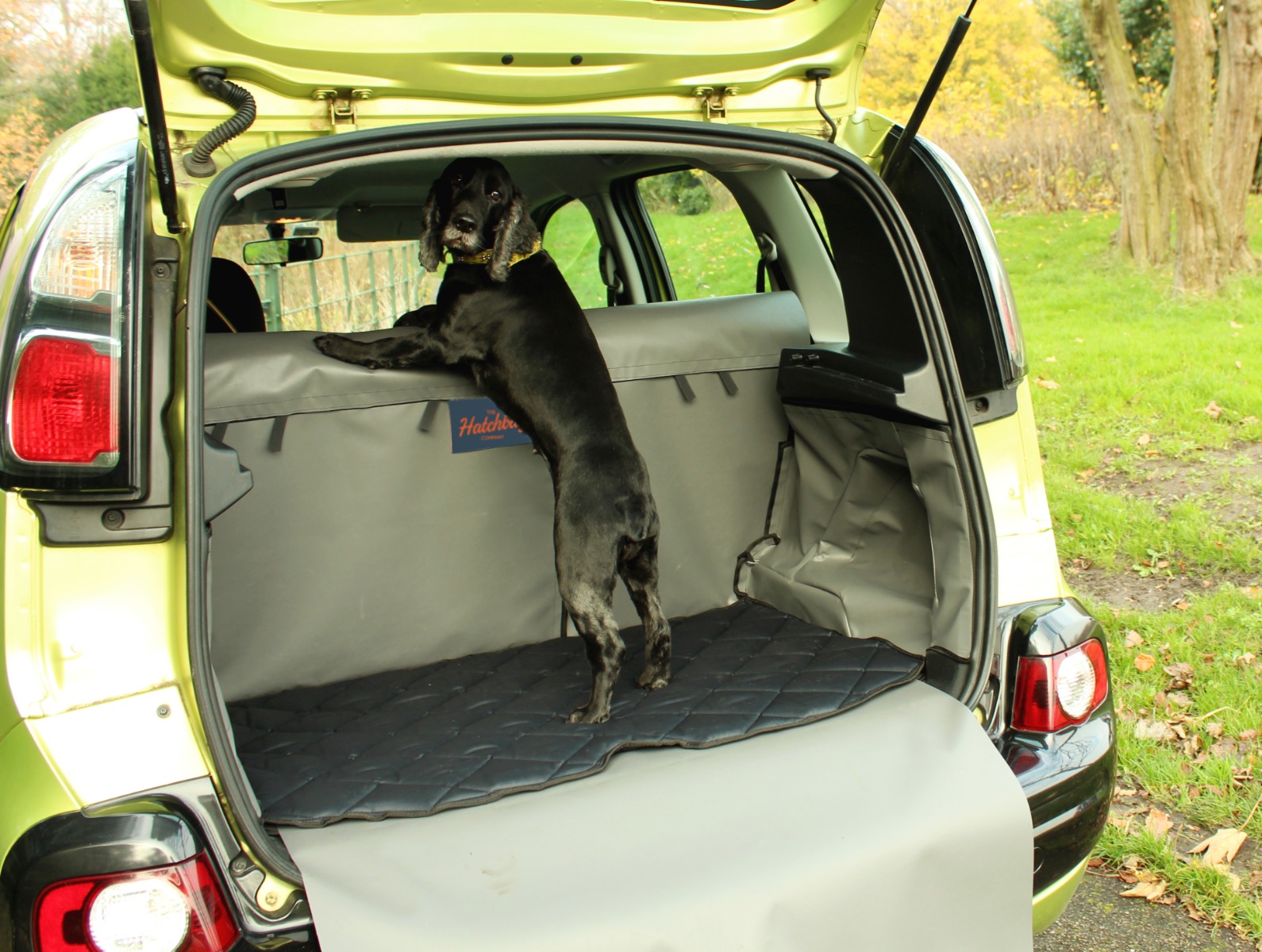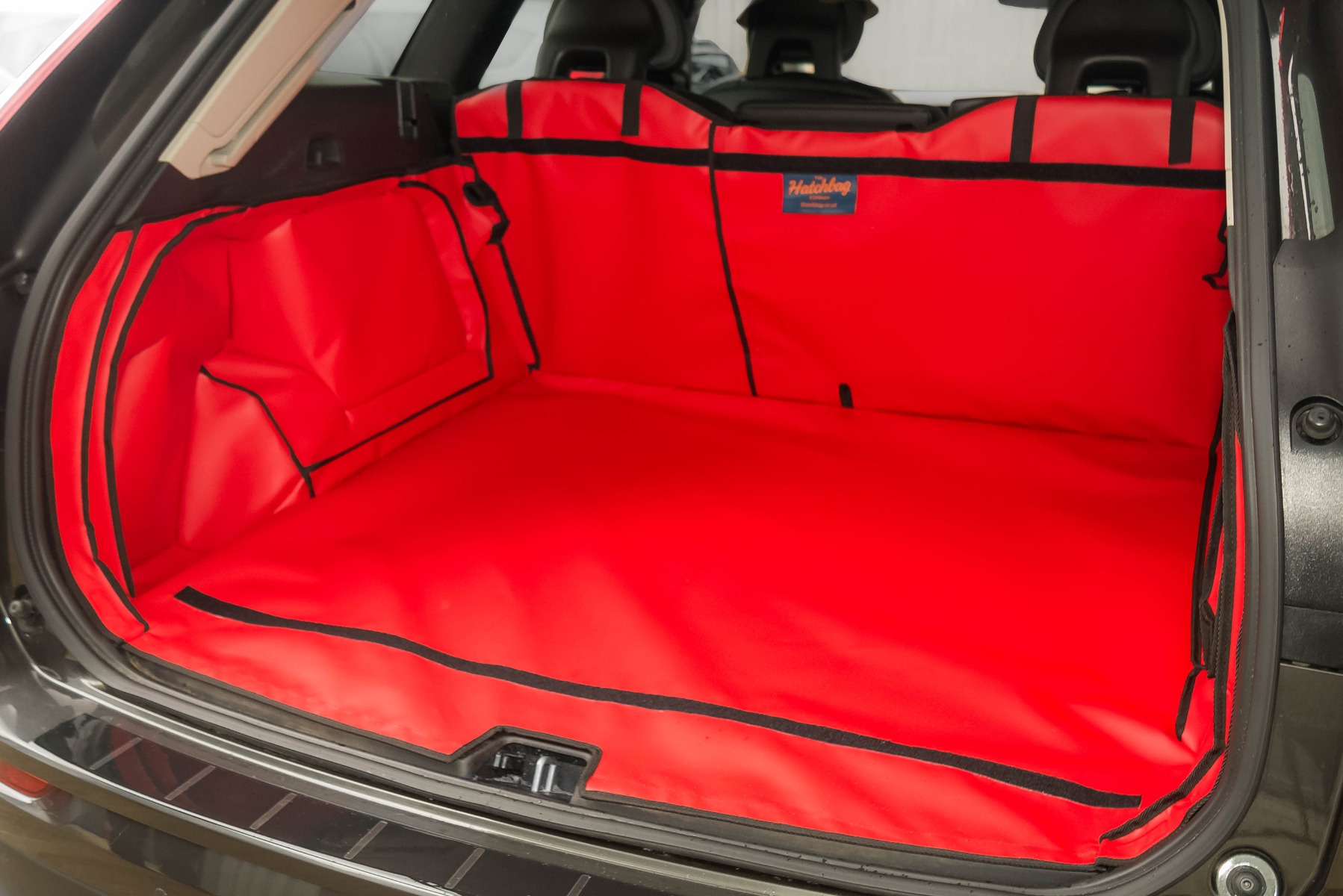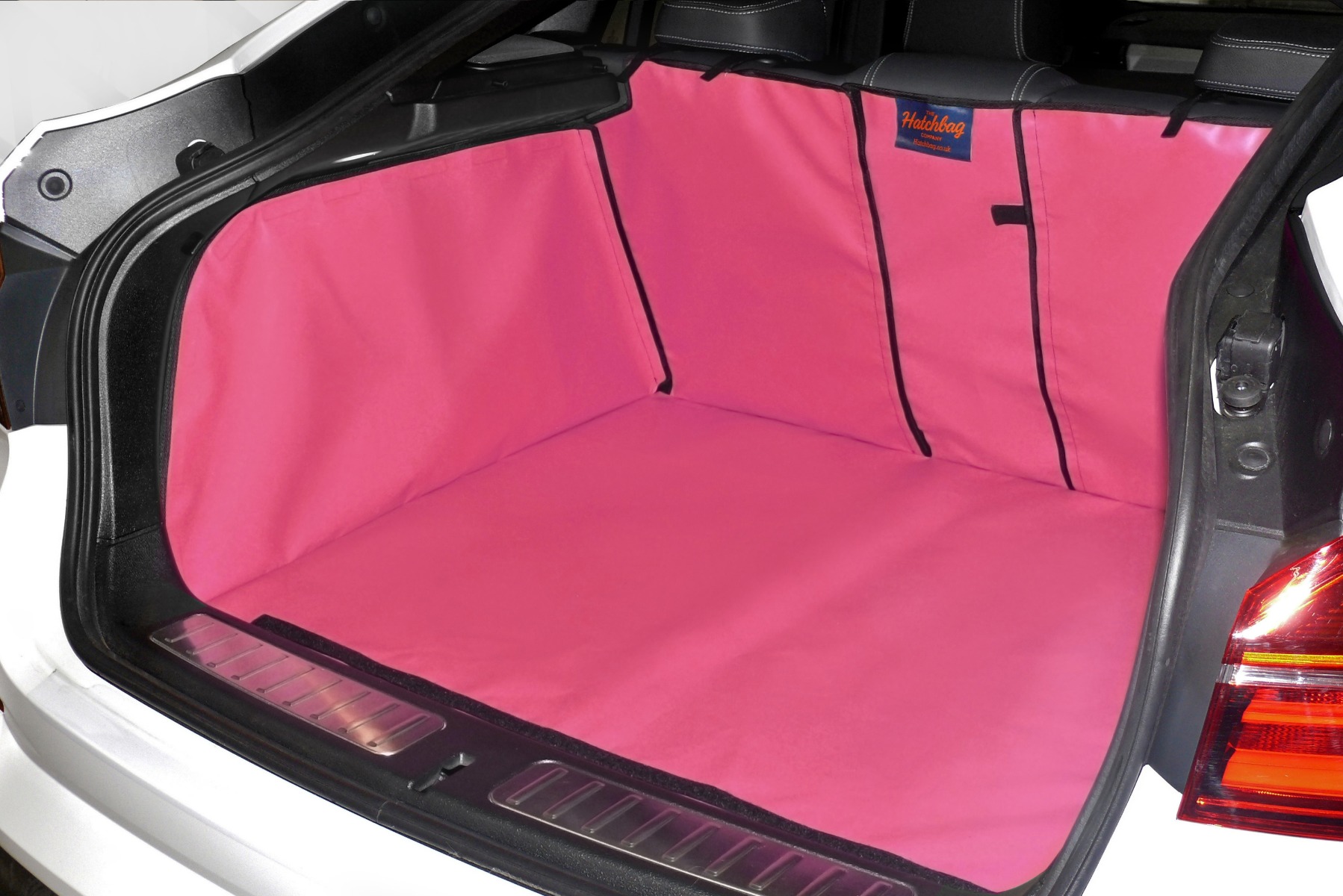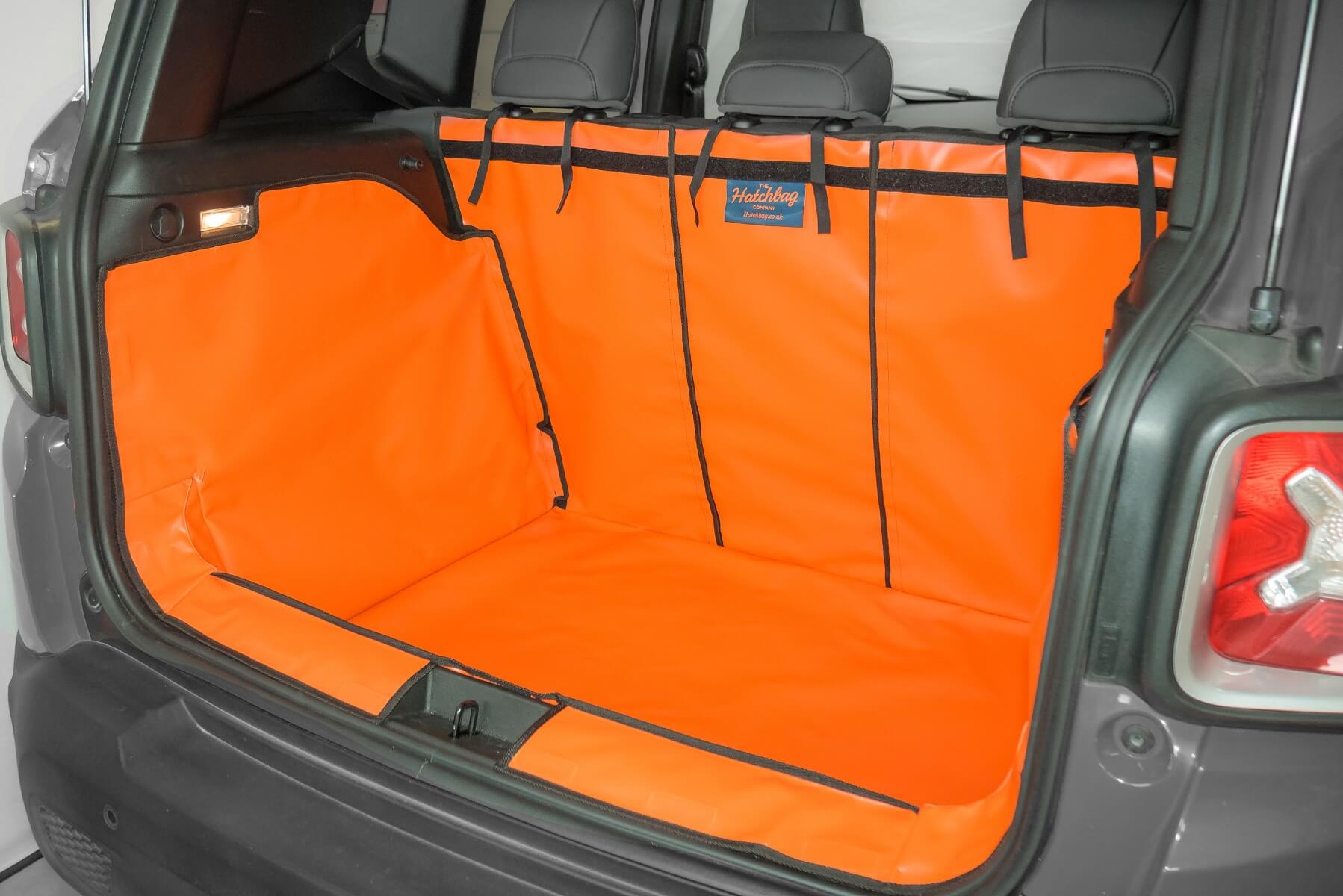Travelling With Your Pet: The Best Spots To Explore With Your Furry Friends
- By Hatchbag Team
- 7 May 2025
There’s nothing more that pets love than going on outdoor adventures and spending quality time with their humans. Dogs love to spend time in the great outdoors, smelling everything and meeting up with new furry friends. It is so important for dog owners to take their pets on adventures, no matter how far or close, as pets thrive off of spending time in nature. This can sometimes be a challenge as UK weather isn’t always the best and constant rainfall can lead to a smelly and wet pup that you don’t particularly want to deal with. However, with spring in full force and summer just around the corner, the improvement in weather makes those long outdoor adventures more appealing. In this blog, we will be looking at some of the best places to take your four legged friends. From beaches to parks, exploring with you dog is a great way to spend your spring and summer.
Getting to your destination can often be a challenge for pet owners. Muddy paws and odours can make the adventures hard work, and you’re the one who has to clean up after. Our boot liners are a great accessory for your car, which ensure your vehicle’s interior remains spotless whilst you and your pooch have fun exploring.
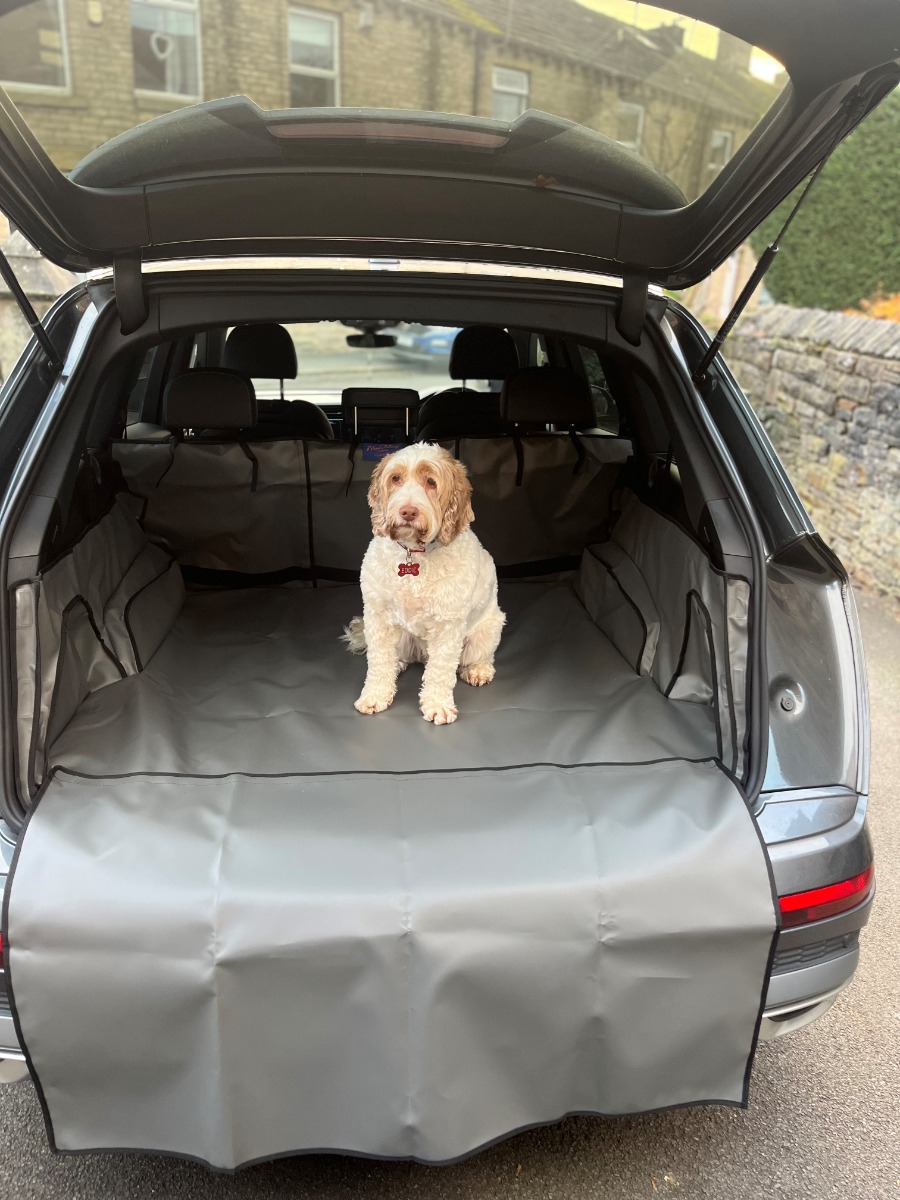
Great UK Beaches For You And Your Pup
Beaches are a great place to take your dog for an adventure. They can exert so much energy running around, chasing after a ball, and can also have a dip in the sea. UK beaches are picturesque and vast, providing a great location for the best adventures. Here are some of our favourite UK beaches that you can take your pets to
Carbis Bay Beach
This beach located in Cornwall is a great spot to take your pets. With calm waters and golden sands, Carbis Bay Beach boasts a beautiful landscape for your dog to roam. With scenic walks surrounding the beach, you can see the coastline from all angles.

West Wittering Beach
This beautiful beach located in West Sussex is great for dog owners. With stretches of uninterrupted coastline and a multitude of sand dunes, West Wittering is not only beautiful, but a great place to embark on an adventure with a furry friend.
Lytham St Annes Beach
This beach located in the seaside town of Lytham is a Lancashire gem. With miles of sand perfect for walking your pooches, this beach is great for adventures. This location is a great spot for a dip in the summer months and we’re sure your pups will enjoy the water!
Crosby Beach
Just on Hatchbag’s doorstep is Crosby Beach in Merseyside. This beach, popular with dog walkers and art lovers offers miles of golden sand and sculptures created by Antony Gormley. Take your pup for a fun and beautiful adventure.
Hornsea South Beach
This beach, located in the town of Hornsea in Yorkshire, is a great place to take your dog and family. This beach is popular with walkers and dog owners and is situated by a lovely town with places to eat and shop. With an interesting history and lots of techniques, such as a sea wall, used to preserve the beach along the coastline, Hornsea is a must visit.
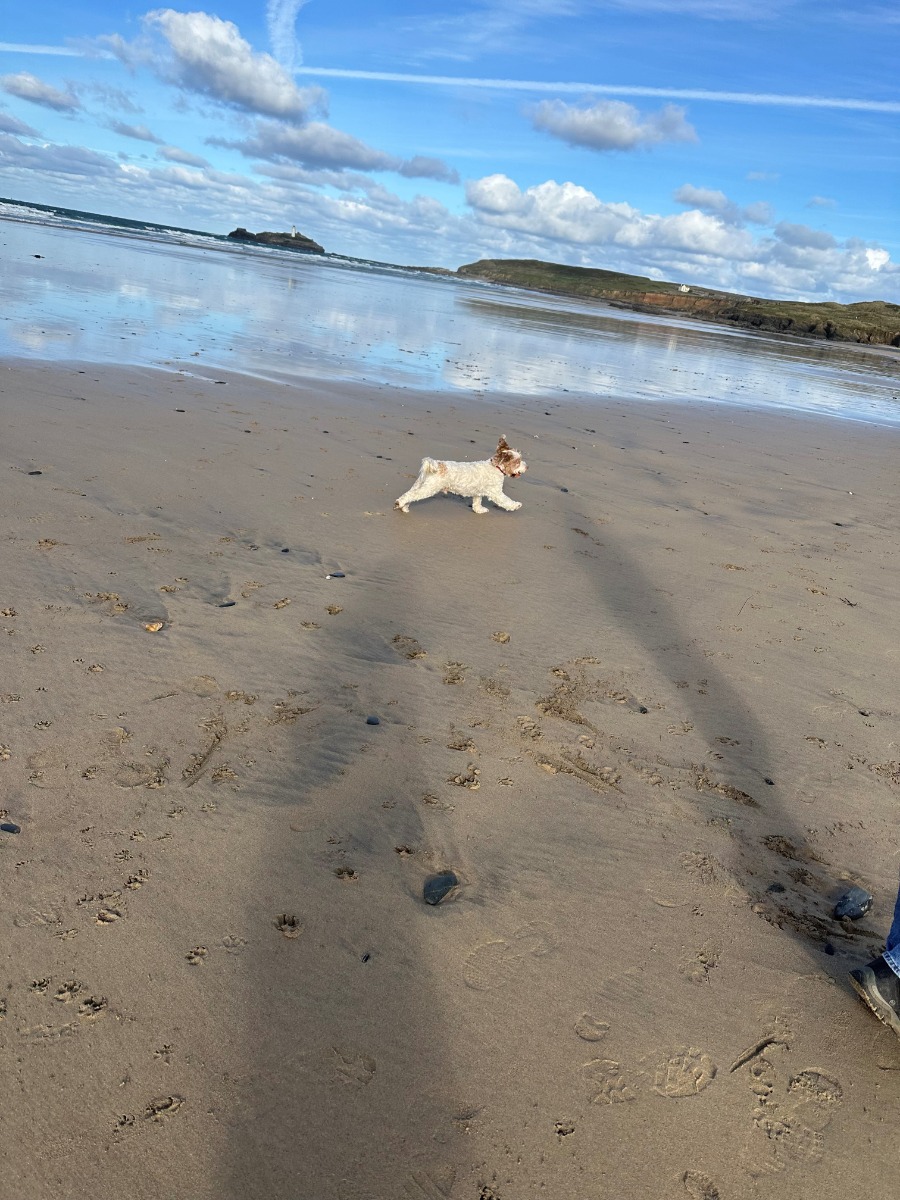
National Trust Properties That Suit You And Your Dog
National Trust days out are always going to be fun. From the history to the scenery, a National Trust day out caters to everyone. We have found some of the best National Trust properties for people and dogs, so you can enjoy day out with your companion by your side.
Arlington Court, Devon
This property has 20 miles of footpaths, perfect for adventuring. The National Carriage Museum at this location allows dog entry and the tearoom is dog friendly so you can have a cup of tea with your pet by your side.
Ickworth Estate, Suffolk
This property boasts beautiful Italian style gardens which you and your four legged friend can roam through. After your picturesque walk, head to the dog friendly café which has treats for your pets and for you of course.
Culzean Castle, Ayrshire
Surrounded by a country park which is great for dogs to roam, this castle is a beautiful construction situated on a clifftop. Explore woods, beaches and cliffs at this location, all with your furry friend by your side.
Making Your Pup Happy And Your Job Easy
After diving in to some great locations to take your dog, we hope you have some inspiration for your next adventure. However, with any adventure, comes a road trip to the destination. Travelling with a pet can often be difficult, especially if you don’t have the correct accessories that benefit you, your car or your pet. At Hatchbag, we offer tailor-made boot liners that perfectly mirror the shape of your boot, protecting this area from your mucky pup. Any muddy paws or pet related messes are taken care of as our boot liners are made from fibre reinforced PVC, which is wipeable, water resistant and can be cleaned in situ. We also have extras and accessories, which can be added on to your boot liner purchase to increase pet comfort and coverage of your car’s interior. Check them out here to see what would suit your pet and lifestyle, the most.
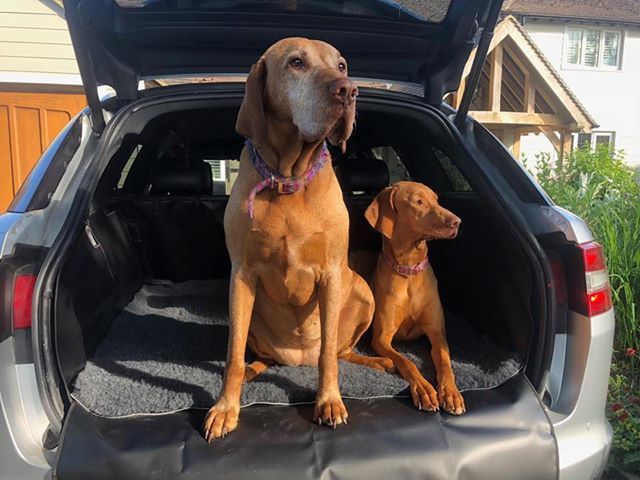
Travelling With Your Pet Doesn’t Need To Be A Challenge
With Hatchbag, travelling with your pet isn’t a challenge. No more time wasted cleaning your boot, the Hatchbag boot liner guarantees the ultimate protection. We want every journey to every adventure to run as smoothly as possible, and protecting your car’s interior is a simple and efficient way to do so. Dogs love to explore, so embrace spring and summer this year and venture out into nature whilst protecting the car that gets you there.



